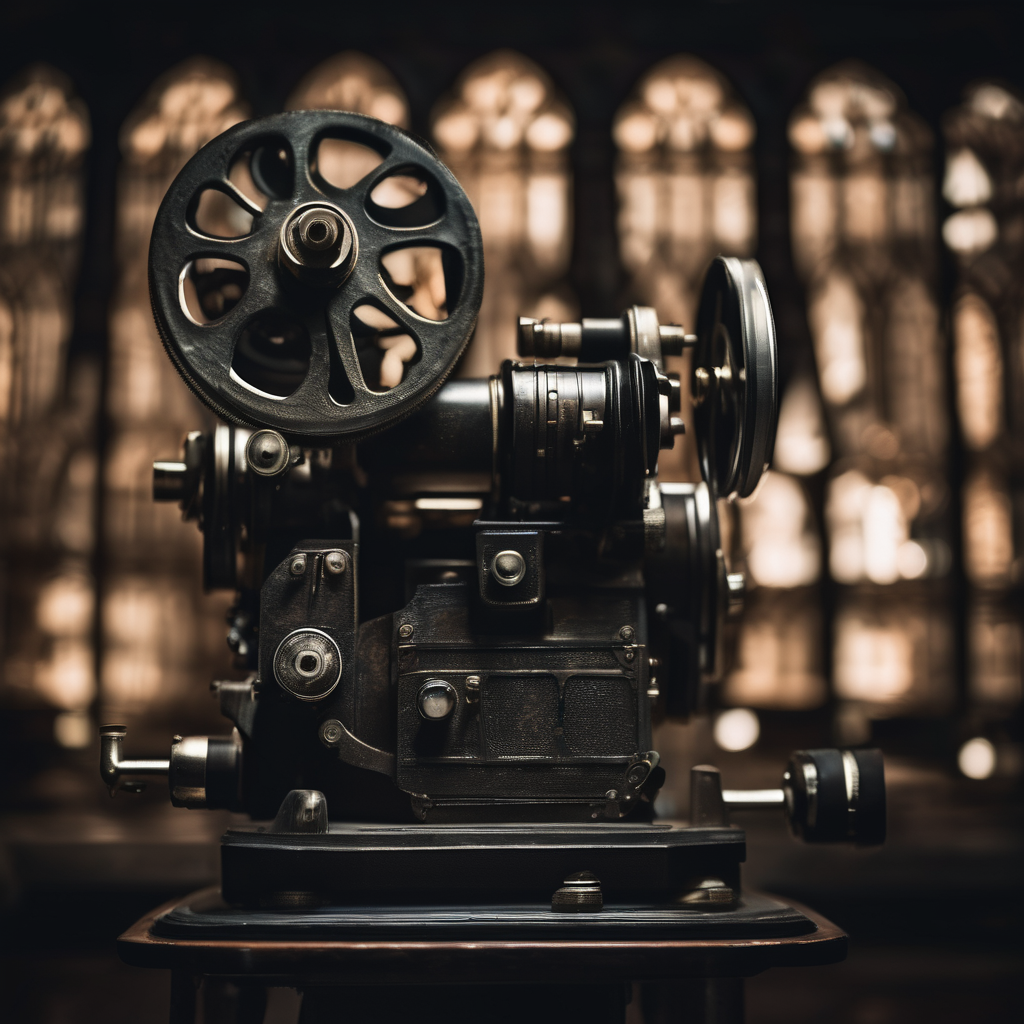Guillermo del Toro’s much-anticipated adaptation of Mary Shelley’s “Frankenstein” is set to hit theaters on October 17, with a streaming release on Netflix slated for November 7. The film has been a labor of love for del Toro, bringing together a team of skilled artisans to create a vivid, atmospheric world steeped in gothic tradition.
Production designer Tamara Deverell, who played a crucial role in developing the iconic lab set, expressed her excitement, exclaiming, “It … it’s alive!” upon seeing the nearly finished laboratory. Nestled within an old Scottish stone tower, the lab features an opulent round window and a plethora of intricate apparatus, showcasing del Toro’s commitment to a handmade cinematic experience where every element, from costumes to lighting, feels organic and interconnected.
Emphasizing a personal connection to the characters, del Toro refers to the creature as “the lament of the monster in its granddaddy form.” With a budget of $120 million, the film strives to honor the chaotic essence of creation epitomized by Victor Frankenstein, portrayed by Oscar Isaac, while simultaneously giving depth to the titular monster, played by Jacob Elordi.
Creature designer Mike Hill highlights the importance of portraying the monster not as a horrific figure but as an entity that evokes empathy. They chose to avoid the typical nuts and bolts look, opting instead for a raw and human touch. The monster’s journey through the film is visually articulated through its look—an evolution marked by mud, snow, and chaos, mirroring its development both physically and emotionally.
Costume designer Kate Hawley, who has collaborated with del Toro on previous projects, crafted vibrant costumes that contribute to the narrative without anchoring it to a specific historical period. The film’s luxurious color palette, featuring rich reds and greens, adds layers of meaning to the characters’ emotional landscapes, while the intricate craftsmanship involved is a testament to the collaborative spirit of the filmmaking process.
Cinematographer Dan Lausten brings his decades-long partnership with del Toro into play, utilizing single-source lighting and a determination to embrace darkness in their visual storytelling. Their approach creates an environment that feels authentic and immersive, where even lighting decisions are made with a strong intent toward character development and story progression.
The collaboration extends to composer Alexandre Desplat, who aims to capture the essence of the characters’ unspoken emotions through his score. The intricate melodies reflect their connections, adding a haunting quality to key scenes, such as when Victor assembles the creature, seen through the lens of creative trance.
As anticipation builds for “Frankenstein,” the integration of various artistic elements promises a unique reimagining of the classic tale. Del Toro’s adaptation stands out not just for its commitment to the source material but also for its ability to speak to universal themes of creation, identity, and empathy, making it a poignant exploration of what it means to be “alive.”
